Culture of Puerto Rico, Puerto Rico, an unincorporated territory of the United States in the Caribbean, boasts a rich and diverse cultural heritage that is a testament to the complex history of the island. Its culture is a captivating blend of indigenous Taíno traditions, Spanish colonial influences, African heritage, and modern American elements. Puerto Rico’s people, known for their strong sense of identity and resilience, have created a unique culture that is both deeply rooted in history and continuously evolving. In this exploration of Puerto Rican culture, we will delve into its historical roots, cultural diversity, music, cuisine, art, and the enduring spirit that defines this enchanting island.
Historical Roots:
Puerto Rican culture is deeply rooted in a history marked by a succession of civilizations and influences. Before the arrival of Christopher Columbus in 1493, the Taíno people inhabited the island, leaving a lasting imprint on its culture. Spanish colonization in the 16th century introduced Catholicism, the Spanish language, and European customs, significantly shaping the country’s cultural identity.
The African influence, brought by enslaved Africans during the colonial period, further enriched Puerto Rican culture, particularly in the areas of music, dance, and religion. The Spanish-American War in 1898 led to the United States acquiring Puerto Rico as a territory, introducing American influences into the cultural landscape.
Cultural Diversity:
Puerto Rico’s cultural diversity is influenced by its complex history, blending indigenous, European, African, and American elements. The population is primarily of mixed ancestry, known as “mestizo,” with a combination of Taíno, Spanish, African, and American heritage. African and Taíno influences are especially prominent in the island’s culture, from its music and dance to its cuisine and traditions.
Music and Dance:
Music and dance are central to Puerto Rican culture, and the island is often called the “Land of Song.” One of the most iconic and beloved genres is salsa music, which is characterized by its lively rhythms and complex instrumentation. Salsa was born in the 1960s in New York City but has strong roots in Puerto Rico, where it continues to thrive.
Bomba and plena are two traditional Puerto Rican music genres that hold a special place in the island’s cultural identity. Bomba is a dynamic and percussive style often performed with call-and-response singing, while Plena features catchy melodies and lyrics that narrate daily life and current events. These genres are frequently featured in festivals and celebrations.
The “bomba y plena” dance forms that accompany these musical styles are characterized by intricate footwork and colourful costumes, reflecting the fusion of African, Taíno, and Spanish traditions. The “bomba y plena” dance is a celebration of Puerto Rican heritage and identity.
Cuisine:
Puerto Rican cuisine reflects the island’s history, geography, and agricultural practices. A signature dish is “arroz con gandules,” a flavorful combination of rice and pigeon peas often seasoned with sofrito, a sauce made from various aromatic ingredients. “Mofongo,” a dish made from fried and mashed plantains mixed with garlic, chicharrón (fried pork rinds), and other ingredients, is another cherished speciality.
Seafood is abundant in Puerto Rican cuisine due to the island’s coastal location. Dishes like “ceviche,” a raw seafood salad marinated in citrus juices, and “bacalaitos,” deep-fried codfish fritters, are popular among locals and visitors alike. The island’s tropical fruits, such as mango, guava, and papaya, are frequently enjoyed in juices, smoothies, and desserts.
Art and Craftsmanship:
Puerto Rican art and craftsmanship showcase the island’s creative spirit and cultural diversity. The Taíno influence is evident in the intricate petroglyphs and pottery left by the indigenous people. Contemporary artists, such as Myrna Báez and Rafael Tufiño, have made significant contributions to Puerto Rican art, with works that often explore themes of identity, heritage, and the impact of colonialism.
Local artisans produce intricate “vejigante” masks, used in festivals like Carnival, that depict mythical creatures and historical figures. These masks are colourful and elaborate, reflecting the vibrant and dynamic nature of Puerto Rican culture.
Festivals and Traditions:
Puerto Rico hosts a plethora of festivals and traditions that celebrate its cultural heritage and religious beliefs. The San Sebastián Street Festival, held annually in Old San Juan, is one of the most famous events, featuring live music, dance performances, and colourful parades. The festival showcases the island’s vibrant culture, with residents and visitors alike joining in the celebrations.
The “Festival de la Calle San Sebastián” is an exuberant celebration that combines the Catholic tradition of the Feast of Saint Sebastian with the island’s unique folklore and music. It embodies the fusion of indigenous, African, Spanish, and American influences that define Puerto Rican culture.
Languages and Literature:
The official languages of Puerto Rico are Spanish and English, reflecting the island’s territorial status. Puerto Rican literature is marked by its rich literary tradition, with authors like Julia de Burgos and Luis Rafael Sánchez making significant contributions to world literature. Their works often explore themes of identity, colonialism, and the complexities of Puerto Rican society.
Natural Beauty and Outdoor Activities:
Puerto Rico’s natural beauty offers numerous opportunities for outdoor activities and exploration. The island is home to lush rainforests, pristine beaches, and diverse ecosystems, making it a paradise for nature enthusiasts. Hiking, trekking, and zip-lining in El Yunque National Forest, one of the few tropical rainforests in the United States, are popular activities for those seeking adventure and a connection with nature.
The island’s coastline, surrounded by the Atlantic Ocean and the Caribbean Sea, provides exceptional conditions for water sports and activities such as snorkelling, scuba diving, and surfing. The bioluminescent bays in Vieques and Fajardo offer a unique natural spectacle, with water that glows in the dark due to the presence of microorganisms.
Challenges and Opportunities:
Puerto Rico faces various challenges, including economic disparities, natural disasters, and political issues related to its territorial status. Nevertheless, the island’s cultural richness, unique traditions, and natural beauty provide opportunities for tourism, economic growth, and cultural exchange. Initiatives that promote cultural preservation, education, and environmental conservation are essential for addressing these challenges.
In conclusion, Puerto Rican culture is a vibrant tapestry of heritage, identity, and resilience. The fusion of Taíno, Spanish, African, and American influences has created a society that values its mixed heritage and celebrates it through music, dance, cuisine, and visual arts. Puerto Ricans are marked by their strong sense of identity, their appreciation for their natural surroundings, and their enduring spirit of resilience. Despite challenges, Puerto Rican culture remains a testament to the creativity and strength of its people, offering a captivating glimpse into an island that continues to cherish its heritage and contribute to the cultural diversity of the Caribbean and the world.


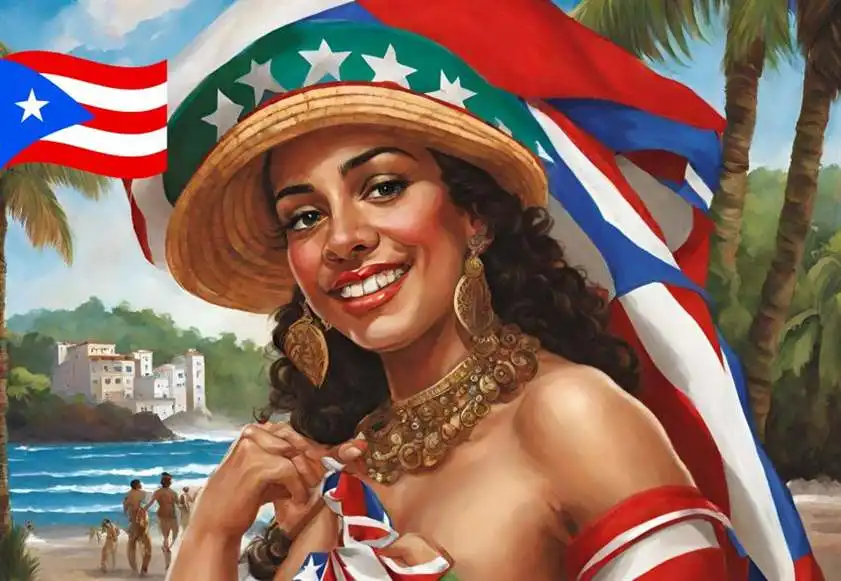
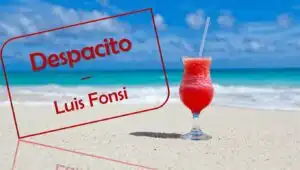
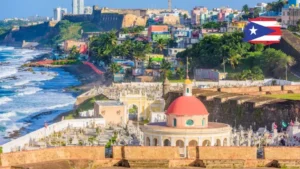



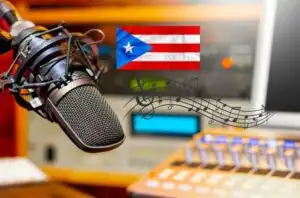
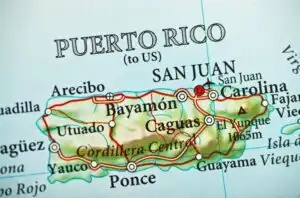
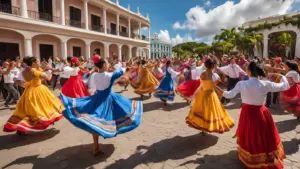
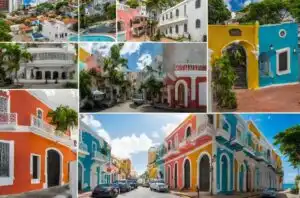
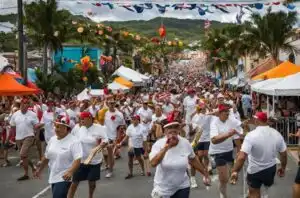
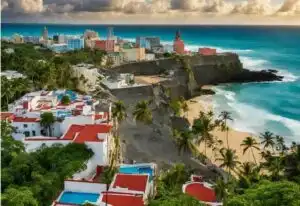
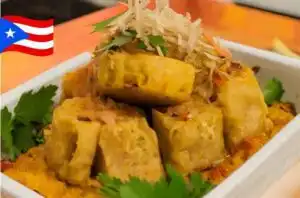
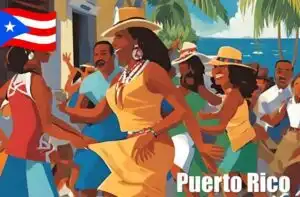
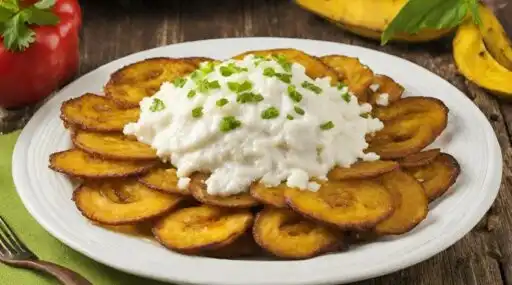


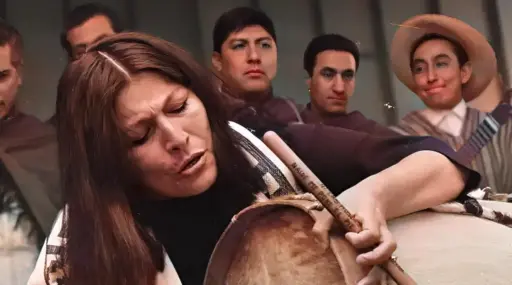
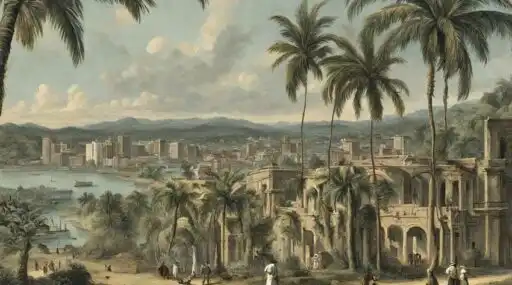
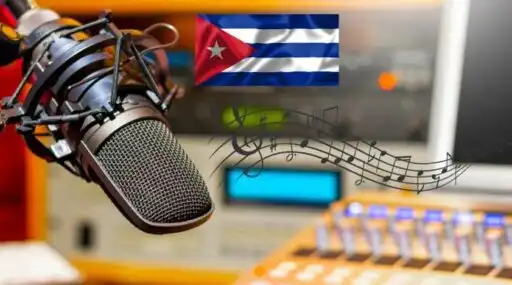
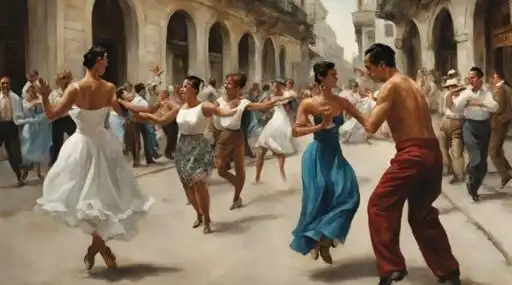
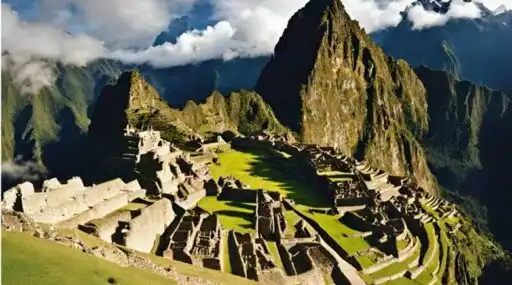
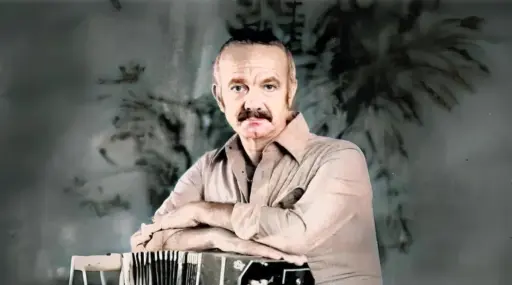
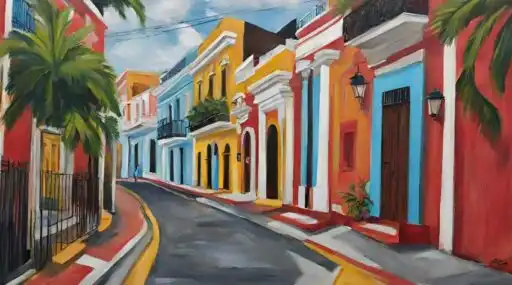
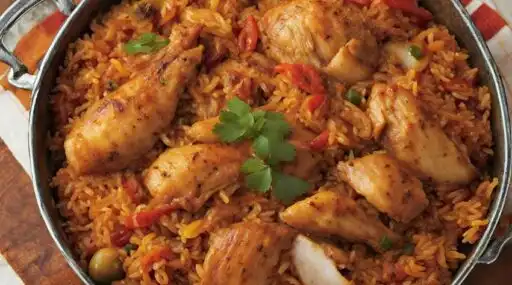

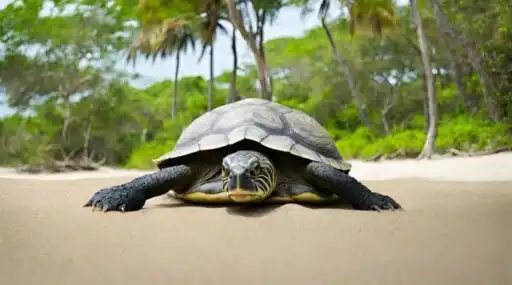
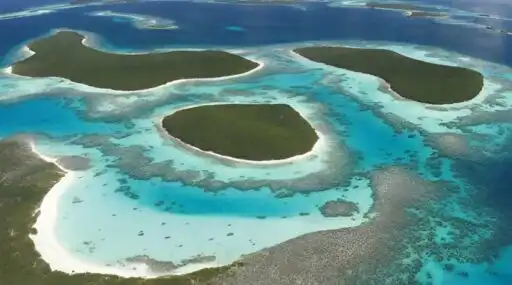
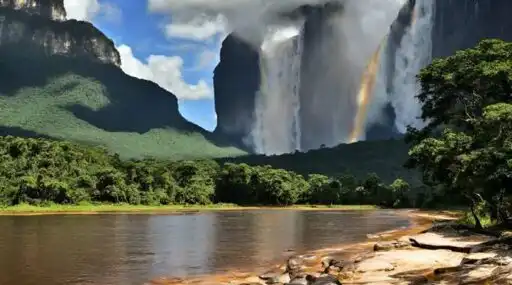


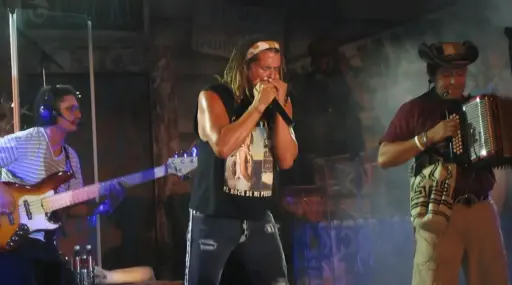

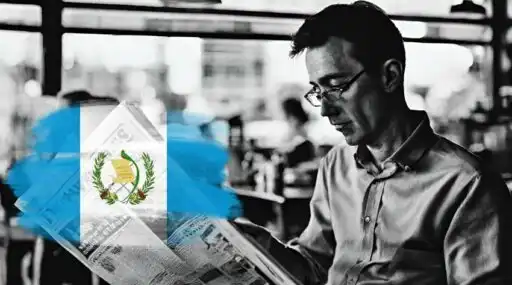
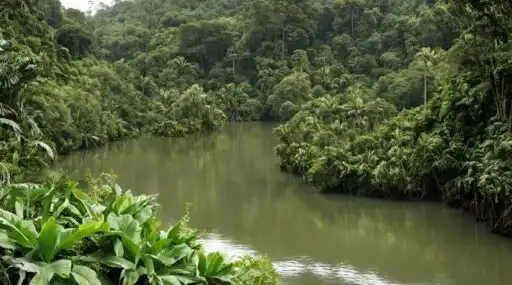


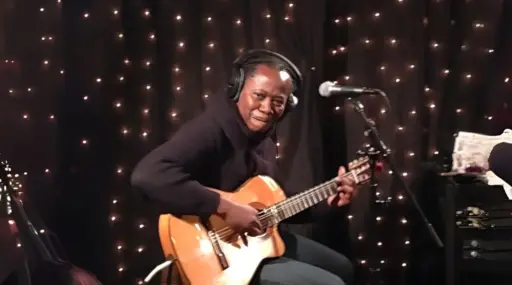
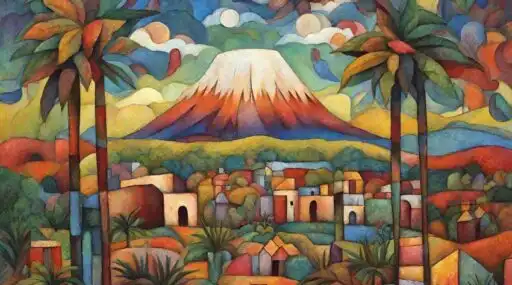


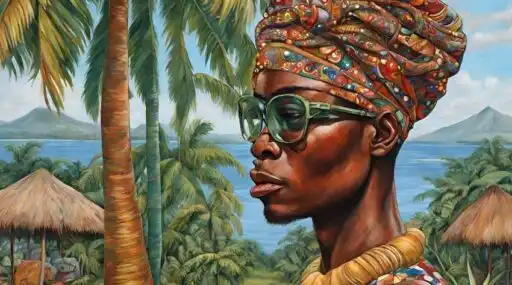
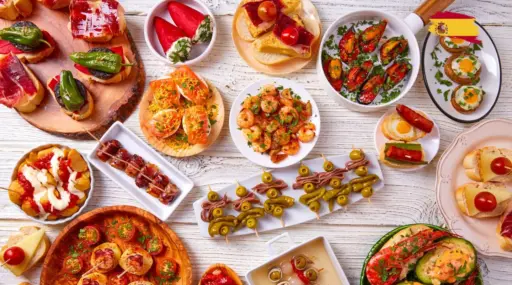
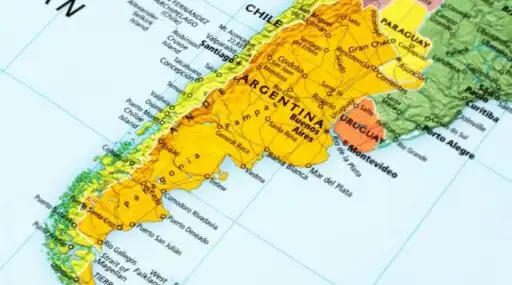
Leave a Reply